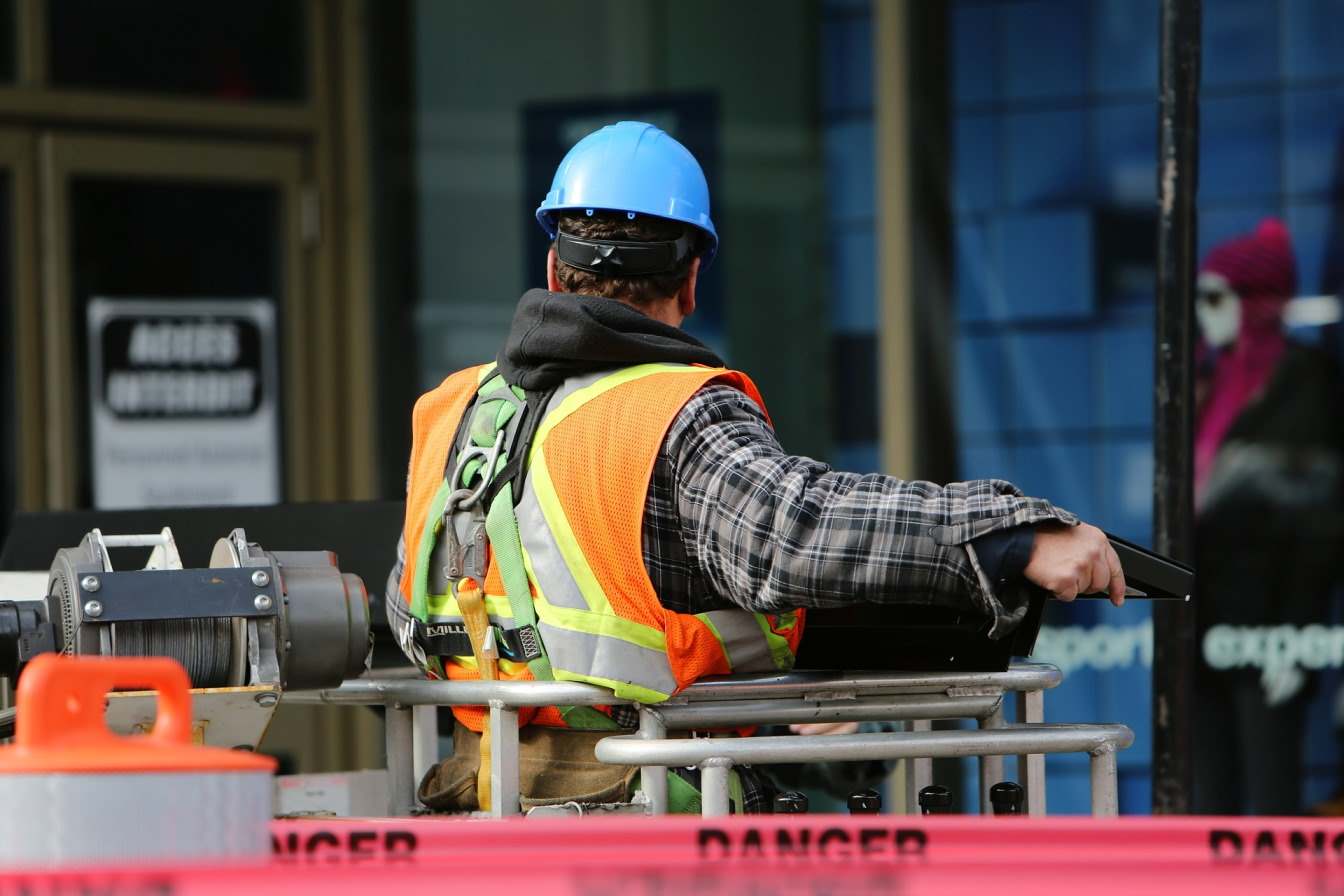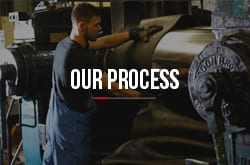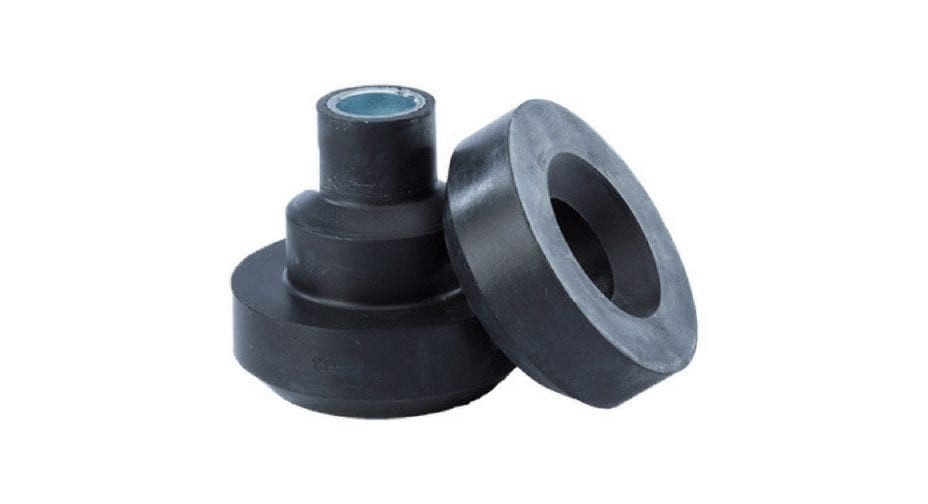What is Noise Pollution in Construction?
Construction is a noisy business; there’s no way to avoid it. However, there are different classification levels of noise pollution on construction sites, and some are more damaging than others.
Are you aware of the importance of controlling vibrations in construction? Eliminating or minimising the sources of noise pollution in construction is a highly effective way to mitigate risks to workers. However, this is not always feasible, so in this blog we will discuss the industrial noise control regulations and offer some tips on controlling noise pollution on construction sites.
What Is Construction Site Noise Pollution?
The Noise Policy Statement for England (NPSE) groups noise pollution into three categories: environmental noise, neighbour noise and neighbourhood noise. Construction site noise is classed as neighbourhood noise, which includes noise arising from industrial premises, construction sites and noise in the street. Some sources of noise pollution on construction sites include loud machinery, vehicles, raised voices and physical work such as hammering, drilling or digging.
Official Levels of Noise Pollution
The government categorises noise pollution on construction sites into three levels, as set out in the Noise Policy Statement for England:
- No observed effect level
This lowest level of noise suggests there is no effect on the health or quality of life.
- Lowest observed effect level
Slightly louder, this suggests evidence of adverse effects on health and the quality of life.
- Significant observed adverse effect level
This is the highest level of industrial noise control, where evidence suggests there might be significant effects on health and quality of life.
Of course, construction site noise pollution levels can be difficult to quantify and can be subject to change relative to the time of day or the local community’s needs. Therefore, it’s important to have a high standard of noise pollution control on construction sites to minimise its impact.
The Health and Safety Executive Standards for Industrial Noise Control
Under the Control of Noise at Work Regulations, UK Noise Regulations came into force in Great Britain in April 2006. These regulations aim to ensure workers’ hearing is protected from excessive noise at their workplace, including noise pollution control on construction sites. Now, employers must provide hearing protection at a noise level of 85 decibels and above for daily or weekly average exposure.
Additionally, employers must perform health and safety risk assessments and provide information and training at a minimum noise level of 80 decibels.
What Is the Effect of Noise Pollution in Construction?
These standards are in place because sources of noise pollution on construction sites can potentially contribute to poor quality of life, causing one or more of the issues listed below:
- Partial or total loss of hearing
- Startle and defence reactions and increased anxiety
- Ear pain or discomfort
- Speech interference
- Poor sleep quality
- Changes in behaviour, such as irritability, anger and frustration
- Cardiovascular effects.
The wider effects of construction site noise pollution include structural damage to buildings, decreased property value, loss of productivity and social impacts such as sickness.

Controlling Noise Pollution on Construction Sites
- Providing workers with hearing protection devices (HPDs)
Ensuring that construction workers are protected at work with hearing protection. It is important to find a comfortable, safe solution and that employees have adequate training on hearing protection.
- Using a quieter process or equipment
Where possible, care must be taken to use a quieter process or equipment during construction to help noise pollution control on construction sites. While new, quieter equipment could cost more due to quieter cooling fans or better quality gear meshing, it may be cheaper than the medical costs associated with the hearing loss of construction workers.
- Using newer equipment
Newer equipment is less worn and therefore should generate less noise. For example, worn bearings create vibration and noise, so these could be replaced.
- Modifying older equipment
Machinery is an investment and capital. Maintaining and modifying existing equipment extends its life and can make it quieter to use. For example, machinery could be retrofitted with dampers, mufflers or fans, and parts could be kept lubricated. Most importantly, removal of noise or vibration reduction attachments, such as mufflers, covers, anti-vibration mounts and vibration isolators should be avoided except during maintenance or replacement.
- Placing noisy equipment away from workers and residents
Carefully planning shifts and construction work, such as rotating workers and jobs could reduce exposure time to high construction site noise pollution levels.
- Using temporary barriers
Sheltering noisy machinery or equipment using temporary barriers may help to shield workers or bystanders from sources of noise pollution on construction sites.
- Avoiding metal-to-metal contact
Metal-to-metal contact is noisy and normally detrimental to the lifespan of equipment. By placing rubber pads between metal contact points, noise is reduced, equipment lasts longer, and vibration to workers is reduced. Examples of where rubber pads are used include tipper bodies and machinery gates/doors.
So, while construction site noise pollution can be a high risk for noise-related ill health, there are many ways to prevent the full impact of construction site noise levels on workers and bystanders, particularly if industrial noise control regulations are adhered to.
GMT Rubber offers many solutions for anti-vibration that can be used to help reduce construction site noise pollution, including anti-vibration mounts and improving the life of your machinery. Read our step-by-step guide to choosing anti-vibration mounts, or contact one of our experienced engineers to discuss an anti-vibration solution to help meet the requirements of your machinery today.











